
Updated: 08.05.25
Ready to take your karting game to the next level? Discover advanced racing strategies, essential kart maintenance, and expert insights to dominate every curve and straightaway.
Whether you're just starting out or looking to refine your skills, this in-depth guide covers everything you need to master any karting track with confidence.
We're here to share with you some expert tips and tricks to help you conquer the art of kart racing.
For those of you who are new to this sport, feel free to check out this collection of go-karts and pick the one that resonates with your style and need for speed.
Understand the Karting Basics
Just as a builder cannot construct a house without understanding the basics of carpentry, you cannot conquer a kart track without knowing the essential elements of karting.
For beginners, here is a guide on how to get into go-kart racing.
Immerse yourself in this thrilling motorsport, and acquaint yourself with the machine, the gears, and the basic racing strategies.
Remember, every professional was once a beginner.
Maintaining Kart Health
It's important to keep your kart in top shape. Regular maintenance ensures your kart performs optimally and can mean the difference between finishing first or not finishing at all.
Key areas to focus on include the engine, brakes, and tyres.
Get to Know the Track
Use a Track Walk
Before setting your wheels on the track, use a track walk to familiarise yourself with the circuit.
This method allows you to understand the layout, the corners, and any unique features of the track.
You can deepen your understanding of the tracks by exploring the exciting world of karting classes.
Also, a track walk helps you identify the surface grip, enabling you to prepare your racing strategy.
Analyse the Surface Grip
The surface grip is critical in determining how your kart will handle the track.
While walking the track, take note of any variations in the surface, such as changes in the camber levels, and adapt your approach accordingly.
Related: Do Go-Karts Have Reverse? (HOW TO KNOW)
Techniques to Handle Different Track Surfaces
Understanding the surface of the track is just as important as understanding its layout.
A track with a high surface grip, for example, allows for more aggressive cornering and faster speeds.
In contrast, a track with less grip may require more cautious driving and strategic braking.
It's good to have a guide on hand to help you get the most out of your driving experience, especially when it comes to driving a go-kart for the first time.
Strategic Overtaking
Overtaking is an art in karting. It's not just about speed but also timing and strategy.
When attempting to overtake, analyse your opponent's driving pattern, look for an opening, and strike when the time is right.
But remember, always adhere to the rules of the sport to ensure safe and fair racing.
The Role of Team Building in Karting
While karting might seem like a solo sport, team building plays a crucial role in your development as a racer.
And, just like in any professional sport, karting also has pit stops to provide you a breather and recalibrate your strategy.
By working with a team, you can learn from each other's experiences, get feedback on your driving, and develop strategies together.
It's not just about being faster but also about growing together as a team.
Importance of Safety in Karting
While racing is exhilarating, it's also important to remember that safety is paramount.
Always ensure you're equipped with the correct safety gear, including a helmet, gloves, and suitable footwear.
Adhere to the rules of the sport and respect your fellow drivers to maintain a safe racing environment.
Identify the Perfect Racing Line
The Role of the Turn-In Point
The turn-in point is where you start to navigate around a corner. By establishing your turn-in point, you set the stage for your kart's trajectory through the corner.
Understanding this will influence your entry speed and your approach to the corner.
To understand this concept better, you can read our article on some lesser-known facts about go-karts.
Clipping Point and Track Out Point
The clipping point or the apex is the innermost point of your path around the corner.
After reaching the apex, your goal is to smoothly navigate towards the track-out point, marking the end of the corner.
Mastering these elements of the racing line can shave valuable seconds off your lap time.
Speaking of speed, ever wondered what is the fastest go-kart in the world?
You might be surprised!
Master Your Speed
Driving Slowly to Fast
Take your time. Start slowly, focus on the layout and gradually increase your speed.
Our guide on enhancing your go-kart racing performance can offer more in-depth insights into this.
The intent here isn't initially to clock the maximum speed but to become familiar with the track.
As you gain confidence, you can begin to push for those fast lap times.
Determining the Fastest Way
What's the quickest way around the track? It's not necessarily about maximum speed but consistent and smart driving.
Smooth cornering, efficient braking, and swift acceleration all contribute to reducing your overall lap time.
For a better understanding of speed in karting, have a look at our article about the fastest go-karts.
Read more on how to improve your go-kart racing performance.
The Art of Cornering
No two corners are the same. Each corner, whether a hairpin or a sweeping bend, demands a different approach.
You've found your passion in the fast-paced world of karting, but how do you transition from being a casual racer to mastering any track that comes your way?
Our guide on getting into go-kart racing can provide some additional insights to get you started.
Understand the Karting Basics
Just as a builder cannot construct a house without understanding the basics of carpentry, you cannot conquer a kart track without knowing the essential elements of karting.
It can be helpful to explore various types of karts to get a feel for what suits you best.
Immerse yourself in this thrilling motorsport, and acquaint yourself with the machine, the gears, and the basic racing strategies.
Remember, every professional was once a beginner.
Effective Practice Techniques
"Practice makes perfect" is a phrase that rings especially true in karting.
Allocate ample time to practice your racing line, cornering, and speed control.
Even experienced drivers never stop practising, for there is always something to improve upon.
Learning from Your Performance
Analysing your performance post-race is crucial. Identify your strengths and weaknesses.
Were your braking points effective?
How was your cornering technique?
Use this information to adjust and refine your racing strategy.
Advancing Your Skills with Team Building
The Power of Defensive Driving
Defensive driving isn't just about protecting your position on the track.
It's also about observing your opponent's techniques and understanding when to defend and when to attack.
Dealing with the Opponent
In karting, your opponents can be a great source of learning.
Observing their overtaking techniques and how they defend their positions can provide valuable insights to improve your own racing skills.
Conclusion
Mastering the art of karting takes time, dedication, and a lot of practice.
By following these expert tips and tricks, you can significantly improve your performance on the track and maybe even conquer it!
Remember, the journey is just as important as the destination.
Enjoy every lap, every turn, and every burst of speed. Here's to many thrilling races ahead!
FAQs
How can I prepare physically for a kart race?
Kart racing is a physically demanding sport. Regular cardio workouts, strength training, and specific exercises to build neck and core muscles can greatly help in handling the physical strain during a race. Good nutrition and adequate hydration are also essential for optimal performance.
What can I do to improve my reaction time in karting?
Improving your reaction time comes with practice. Regularly participating in kart races and using video games or reaction time apps can help. Additionally, maintaining good overall physical fitness and mental agility is crucial.
How does the weather impact a kart race, and how should I adjust?
Rainy weather significantly affects kart racing by reducing grip and causing your kart to resist turning due to its fixed rear axle. To counter these effects, it's advisable to increase your kart's ride height, shifting its weight higher off the ground to help maintain control. Also, ensure you gradually heat your tyres during the initial laps to increase traction, avoiding sudden stops but employing constant braking instead. Lastly, you might need to adjust the toe settings of your kart, which can impact weight transfer, top speed, and cornering response. More toe-in or toe-out can reduce top speed due to increased drag, so finding the right balance based on the track conditions is vital.
What are some good strategies for handling high-speed karting?
High-speed karting requires precision and control. Knowing when to brake, when to accelerate out of corners, and how to manage weight transfer are key strategies. Also, smooth driving is crucial - sudden steering movements or aggressive braking can cause you to lose speed or spin out.


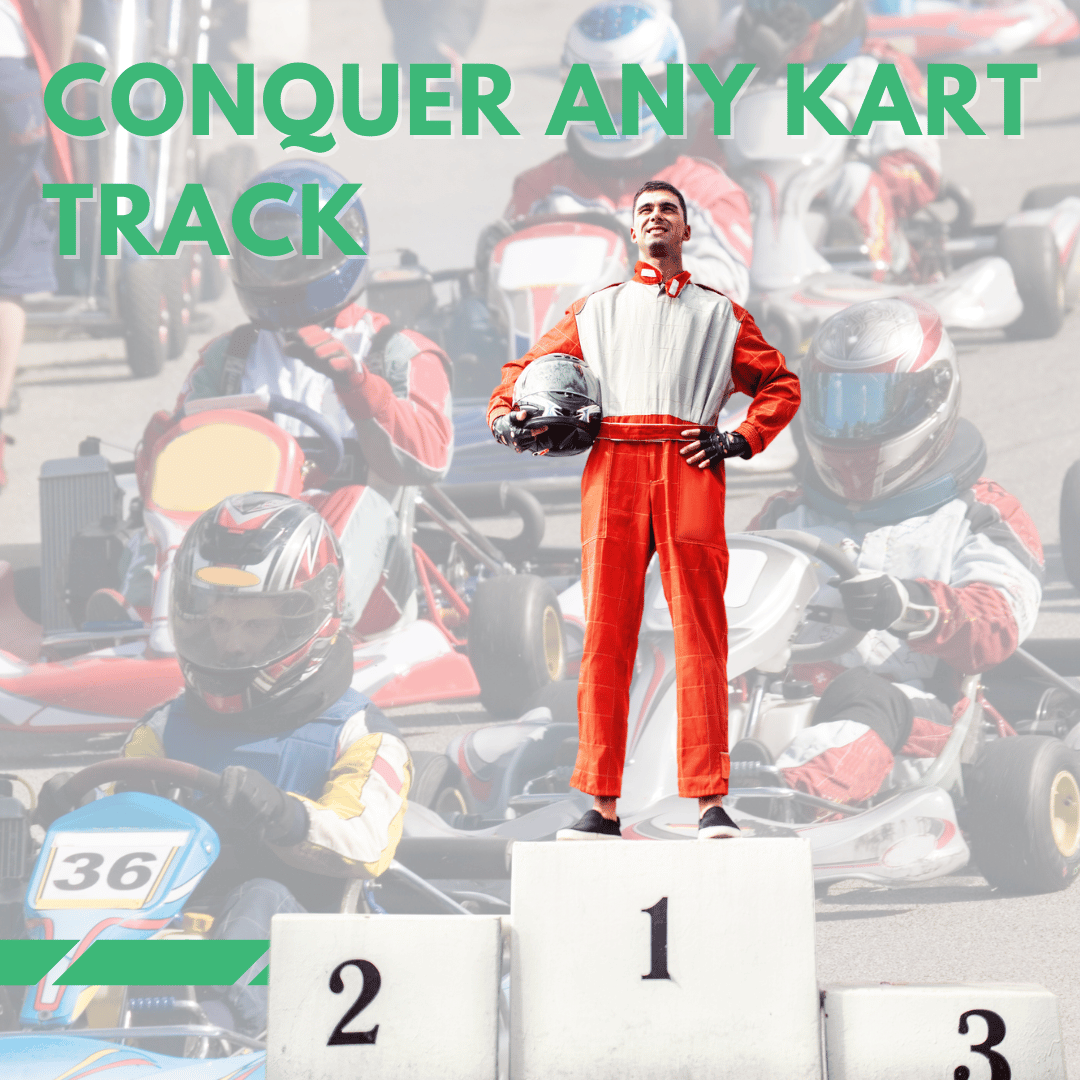

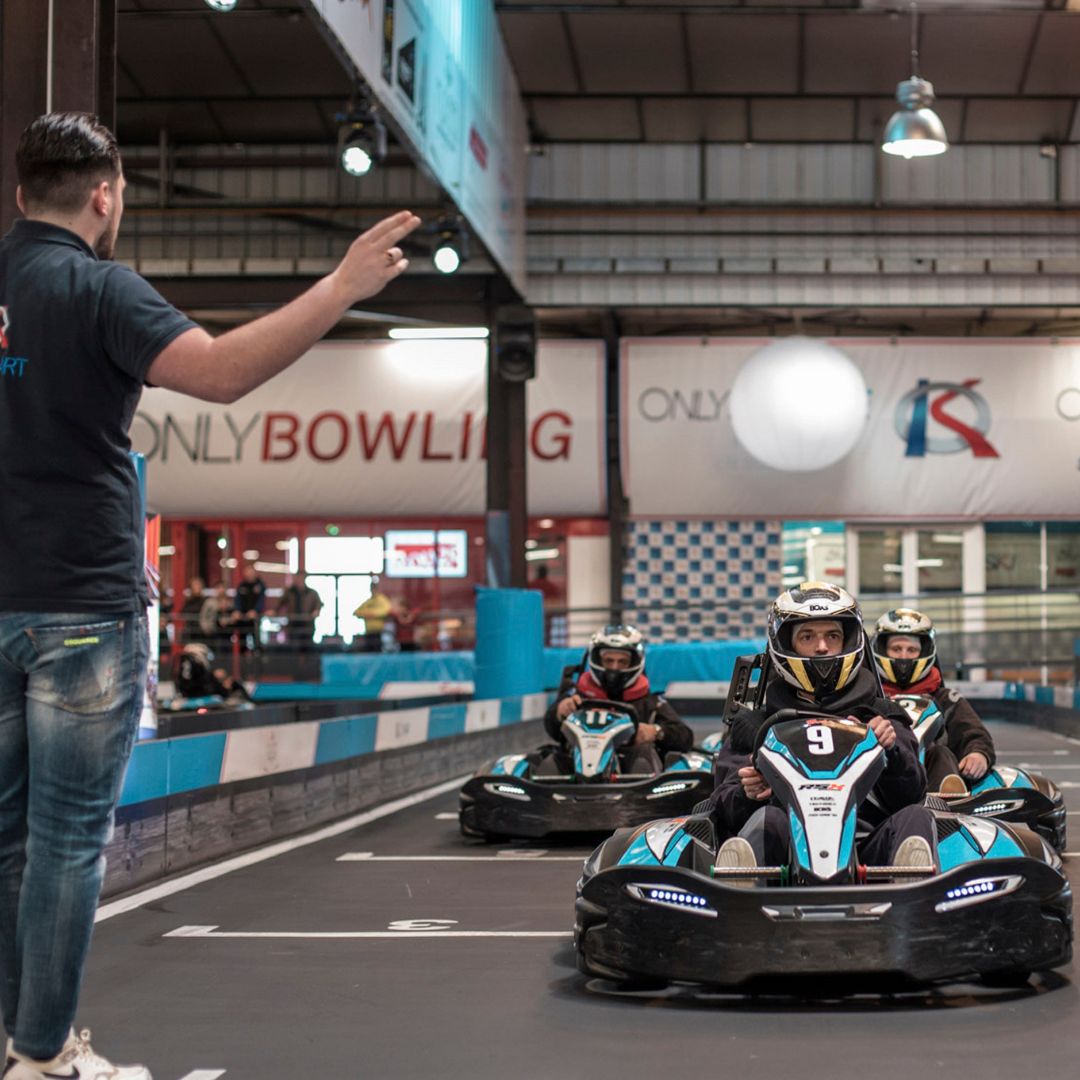


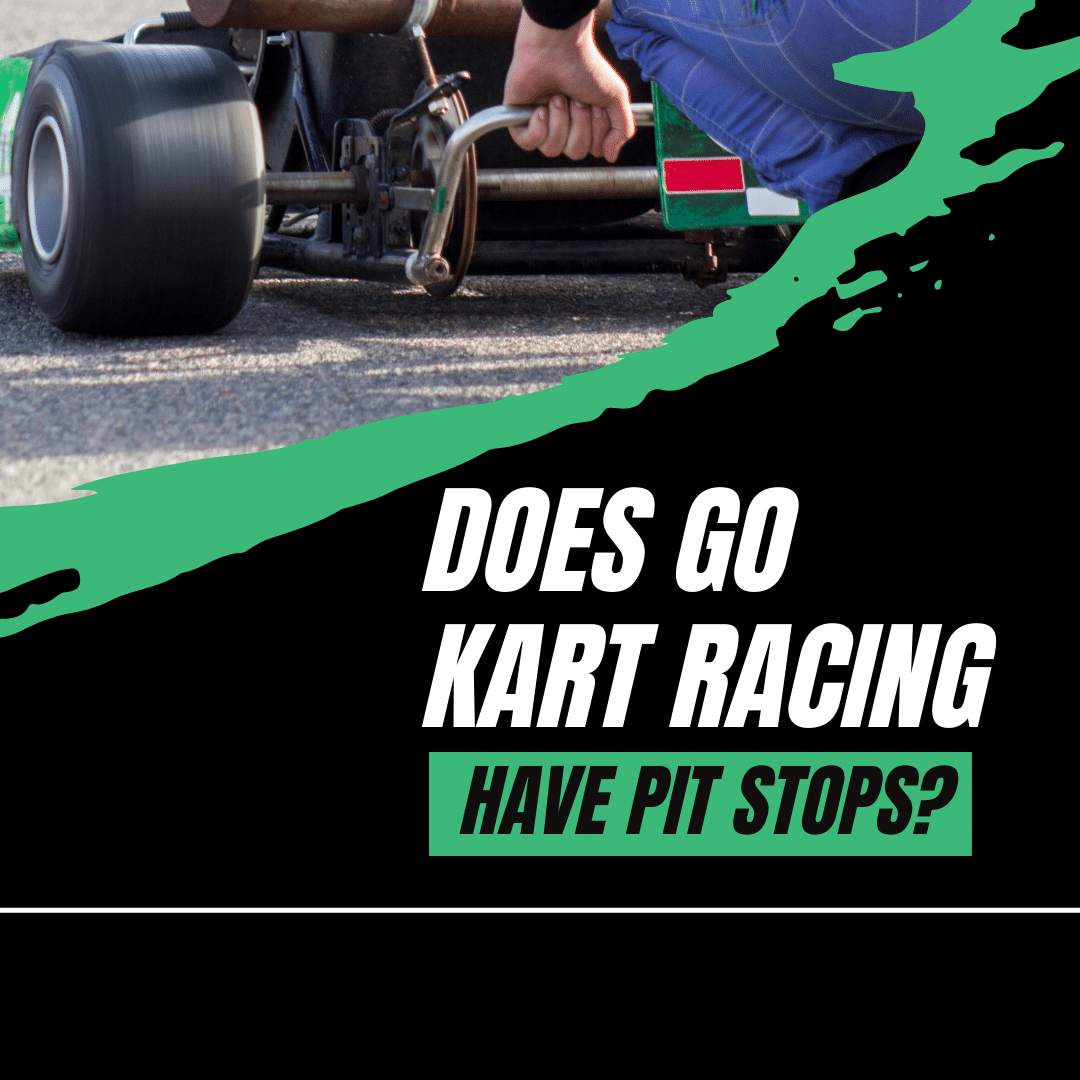
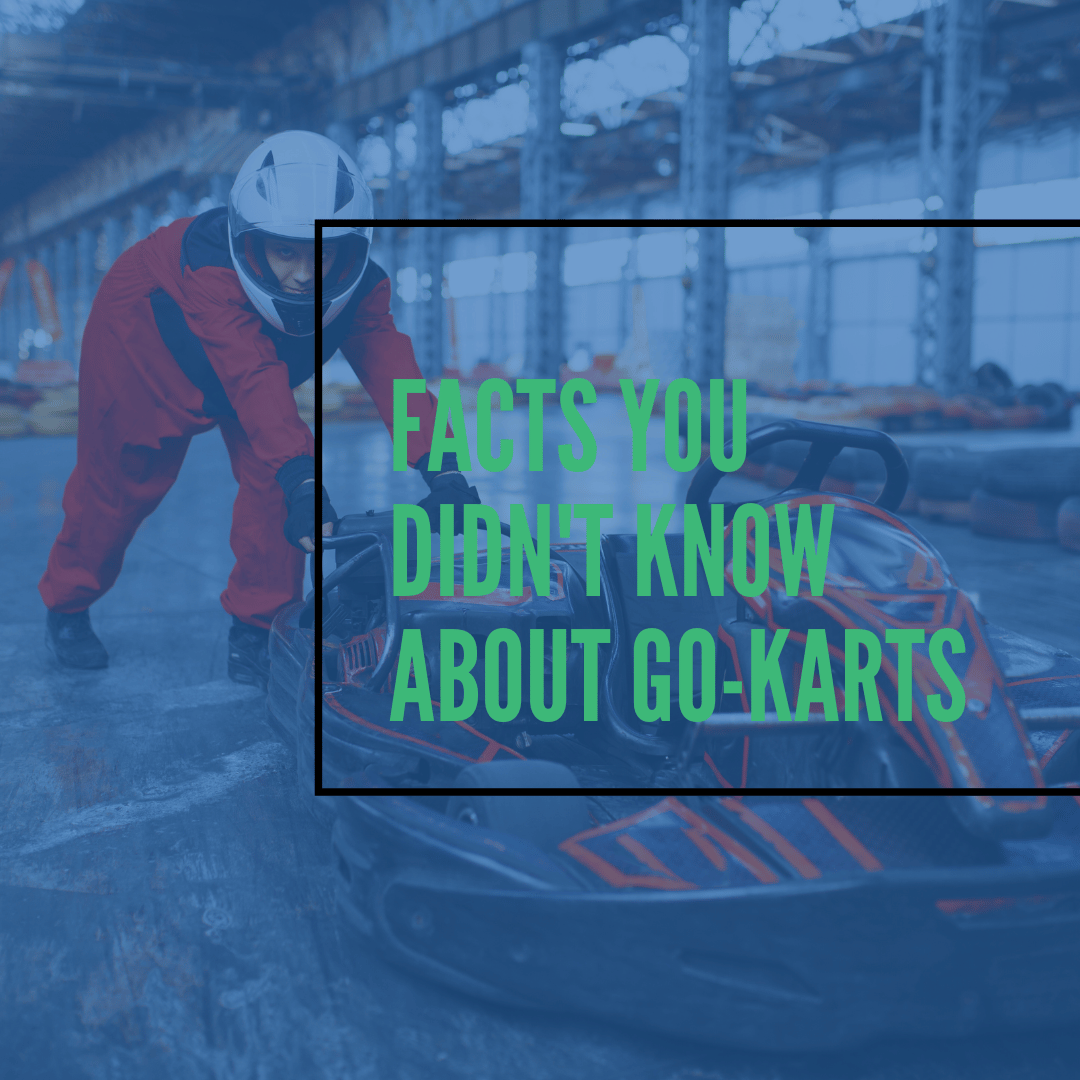
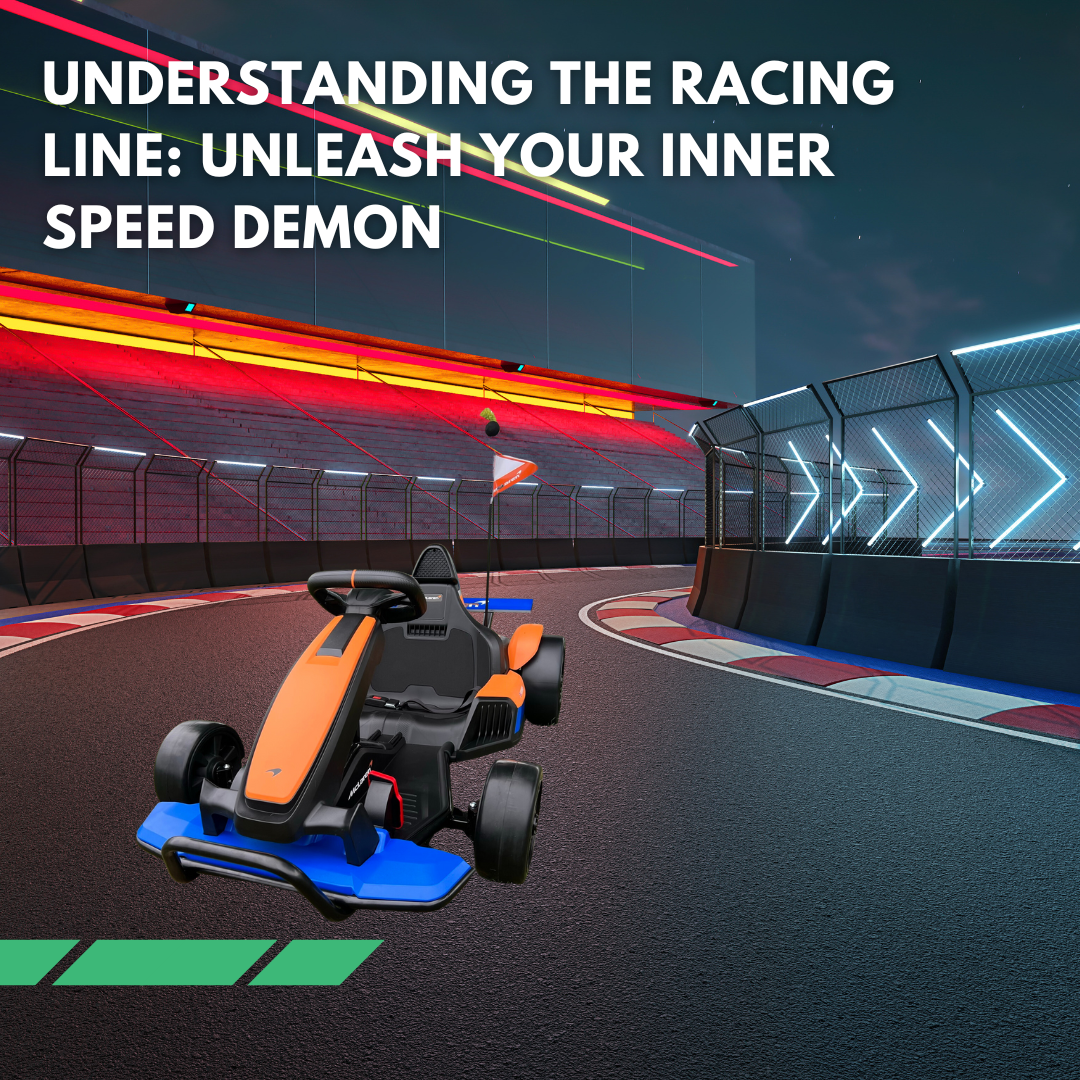
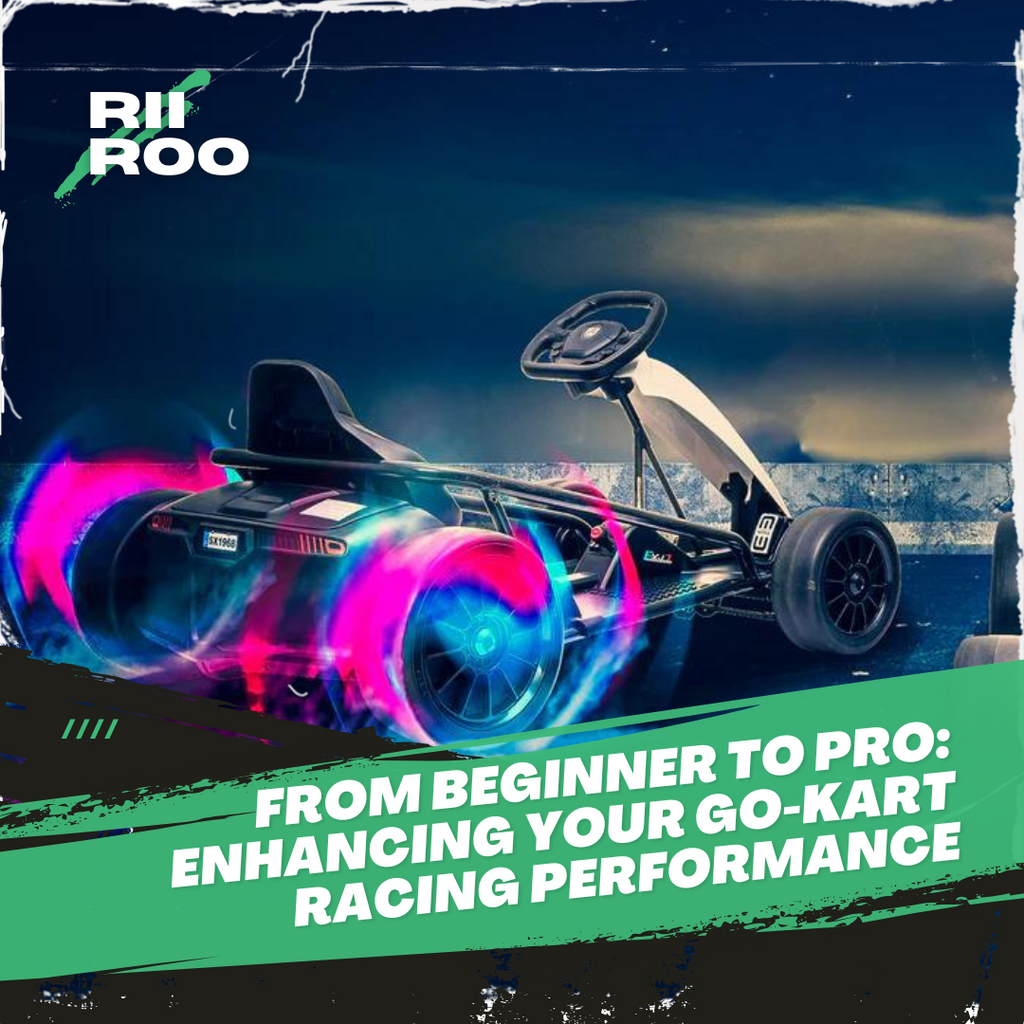
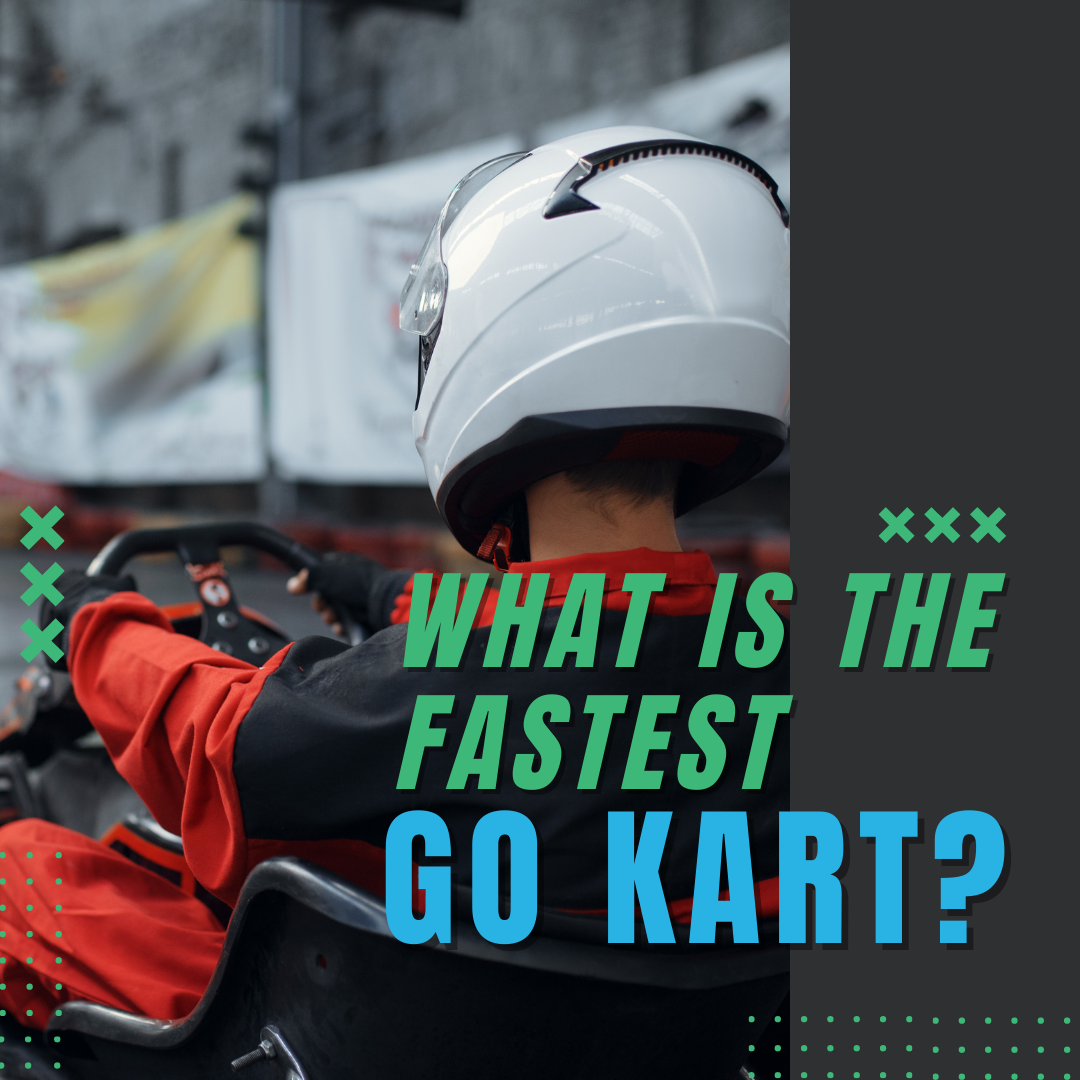
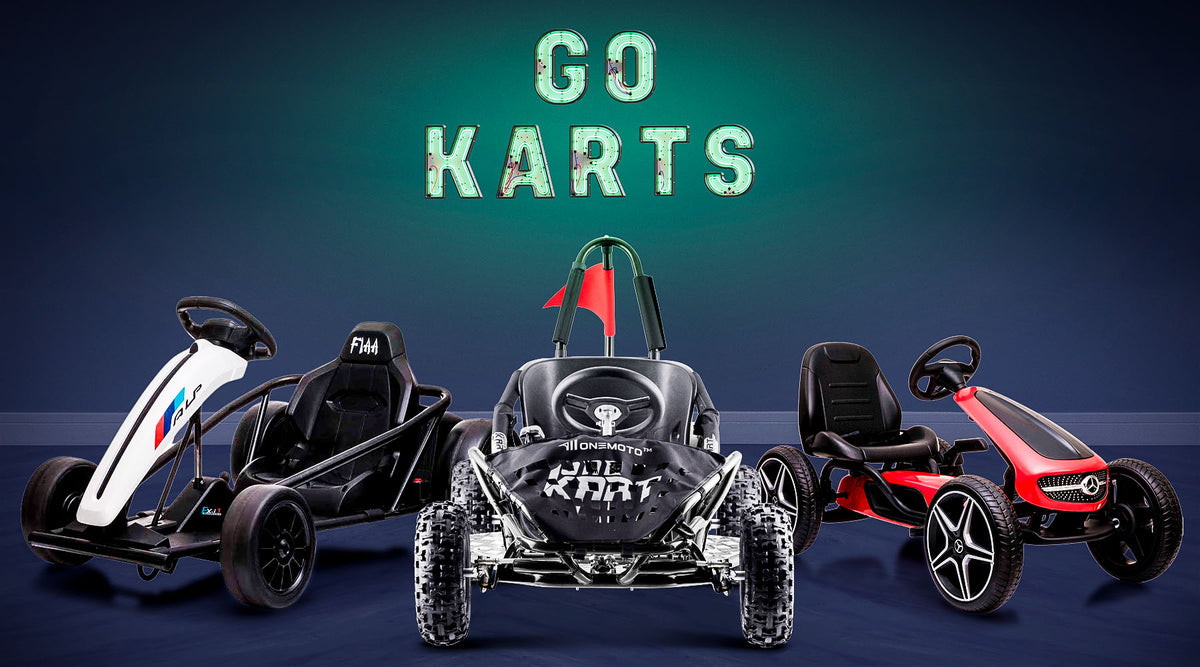


Share:
Avoid These 20 Common Karting Mistakes
Go Kart Tyre Sizes Explained (UPDATED 2025)